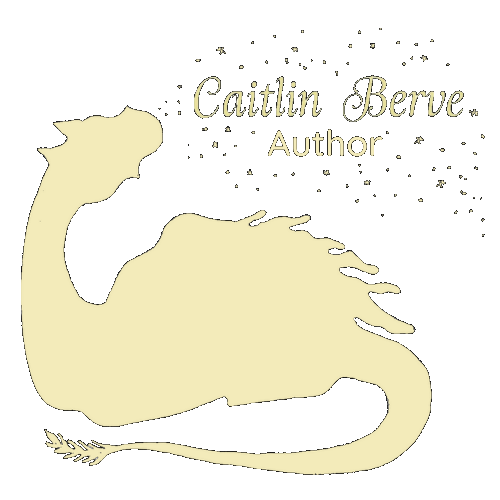Twisting Fairy Tales: How Oral Traditions Changed my Characters
As an author, I’m much more comfortable (and better at) writing stories than telling them verbally. But the very first stories and storytellers were exclusively oral. That history continues to shape the way stories are told today.
Effects of Oral Storytelling
Fairy tales, fables, and myths use archetypal characters like the hero, evil step-mother, or wise mentor. These were meant to be more representative of a type of person than to be an actual character. That’s why if you read original versions of fairy tales, they don’t have the details and character development we are used to today.
Part of why oral stories lack the details of written ones is time and memory. A person only had so long to tell a story and they had to memorize the whole thing. They didn’t have the ability to fit a whole novel into an evening of entertainment. This time constraint is the reason details and scenes have to be left out of movie adaptations of books. Movies have to fit within a certain timeframe that books do not.
How Speaking my Story Changed It
One of my MFA professors challenged me to tell a story verbally to a friend and record it before writing that story on paper. Because I was working with fairy tales, which are traditionally oral stories, she wanted me to experience the difference in the art forms first hand. I was so nervous. I shook the entire time. I almost whispered parts. I felt hot and cold all at once. Having someone watch me create a story on the fly was terrifying. I still don’t like it. But it was worth it. That story became “Wolf Girl” in my collection When Magic Calls.
By telling “Wolf Girl” orally first, I created characters that were much more archetypal than my usual cast. There is the villainous mob, the misunderstood wild woman, and the unsuspecting hero. Even the character names reflect this concept: Guy, Wolf Girl, Big Brother, and Faith. I don’t think I would have chosen those names if I’d written the story first.
The oral telling had a huge impact on the written version of “Wolf Girl,” but the written story is not a literal transcript of what I spoke. That wouldn’t have worked just like a 50 hour movie wouldn’t work. I had to add details to the written story that were conveyed through sound, my body language, and my facial expressions in the oral version. Just like movies take descriptions and turn them into sets and wardrobes.
Mixing Oral and Written Storytelling
I decided to highlight the different approaches to story by adding sections from Wolf Girl’s point of view to the written version. These are raw and a bit jarring to show her otherness. The sections from Guy’s point of view are more of a big picture concept that reflects the traditional form of fairy tales. I wanted to represent the two different forms that created the story. So which did you like better? Wolf Girl’s sections or Guy’s? Let me know in the comments!
The next time you see a movie adaption of a book you enjoyed, remember the film is not meant to be a literal translation of the book. It can’t be. They are two different artforms. Adjust your expectations to give the directors and actors space to tell you a story.










Caitlin Berve is the author of When Magic Calls: A Collection of Modern Fairy Tales and currently working on a fantasy novel involving an arranged marriage, damsels who save themselves, and non-human shape-shifters. Through her company Ignited Ink Writing and MFA, she edits other people’s novels, creates video tutorials, teaches, and writes. Caitlin seeks to fill the world with the kind of writing that lingers with readers, pet all the fluffy and scaly animals she can, and find magic in modern times.